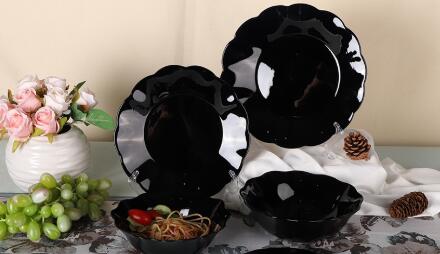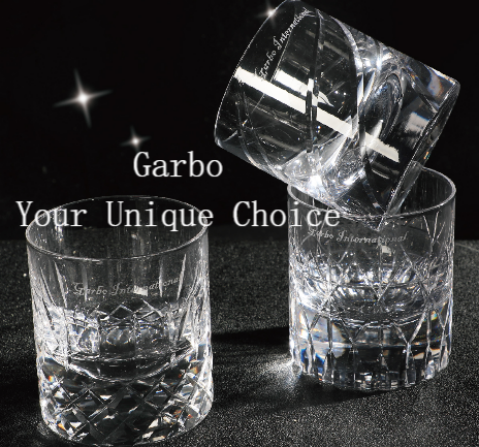Tiffany Art Glass
Pulished on Oct. 16, 2018
When we think of American Art Nouveau art glass, the objects that first spring to mind are probably the leaded lamp shades and iridescent vases of Louis Comfort Tiffany (1848-1933). The son of Charles Lewis Tiffany, the famous jewelry designer, Tiffany studied painting with the great landscape painter George Inness; later, in Paris, he learned art glass techniques from the French master Emile Galle. These experiences informed Tiffany’s work at Louis C. Tiffany and Co., Associated Artists, which he established in 1879. The firm was renamed Tiffany Glass Co. in 1885, Tiffany Glass and Decorating Co. in 1892, and Tiffany Studios in 1900.
Another influence on Tiffany was ancient Greek and Roman glass, both the finishes and forms. Yet despite his focus on classic designs and naturalistic imagery, Tiffany was a technological innovator. Perhaps because he was a designer rather than an artisan, Tiffany worked and collaborated with some of the best thinkers, inventors, and craftsmen of his day. For his glass studio, Tiffany hired British chemist Arthur J. Nash, who remained with the firm until 1919; his son took it over in 1928.
The advent of electricity was also of keen interest to Tiffany. For an 1885 commission of sconces for the Lyceum Theatre in New York, Tiffany worked with Thomas A. Edison, who installed some of the electrical lighting himself. By 1906, Tiffany Studios was selling more than 400 models of electric and oil lamps and hanging shades.
Throughout, blown glass remained a preoccupation for Tiffany — it was, after all, why he had brought Nash to the firm in the first place. In order to have as much control on the process as possible, in 1893 Tiffany installed glass-blowing furnaces at his studio. A year later, with the help of Nash’s glass recipes, which Nash reportedly never revealed even to Tiffany, the Favrile brand was born.
Favrile glass was prized then, and is still admired today, for its eye-catching iridescent surfaces. The Favrile line included classic forms harking back to Tiffany’s fondness for all things ancient, as well as for new inventions like the paperweight vases, which are technical marvels that remain difficult for contemporary artists and artisans to duplicate to this day.
The paperweight vases are thick, making them a challenge to keep balanced on the end of a blow pipe, with a layer of decoration (usually flowers created from millefiori) sandwiched between clear layers of aqua-colored glass. A signed piece with no chips can bring tens of thousands of dollars at auction.
At the beginning of the 20th century, Tiffany’s love for leaded-glass windows and electrical lamps combined into a series of lamp shades on bronze bases. Despite being made of hard materials, the lamp shades seem to drip and drape over their light sources, in dense organic patterns resembling wisteria, apple blossoms, and other plants and trees.
After Tiffany’s death, his studios continued to produce stained glass windows for churches, but within a few years, as the Depression deepened, the studio closed (Tiffany never jumped on the Art Deco bandwagon). Today, Tiffany glass remains among the world’s most collected types of art glass, which has also made it a favorite of everyone from forgers to legitimate art-glass studios, many of whom have made names for themselves by producing historically accurate pieces in the 'Tiffany style.'
Key terms for Tiffany Art Glass:
Favrile: A technique for producing iridescent glass, patented by Louis Comfort Tiffany in 1894, in which metallic and chemical compounds are applied to molten glass. Iridescence is achieved when air to the furnace is reduced, a process known as reduction, leaving only the metallic part of the compound on the surface of the glass.
Millefiori: An ancient glass technique, popularized in the 19th century, in which rods of fused glass are cut into cross sections to reveal patterns, frequently resembling flowers.









